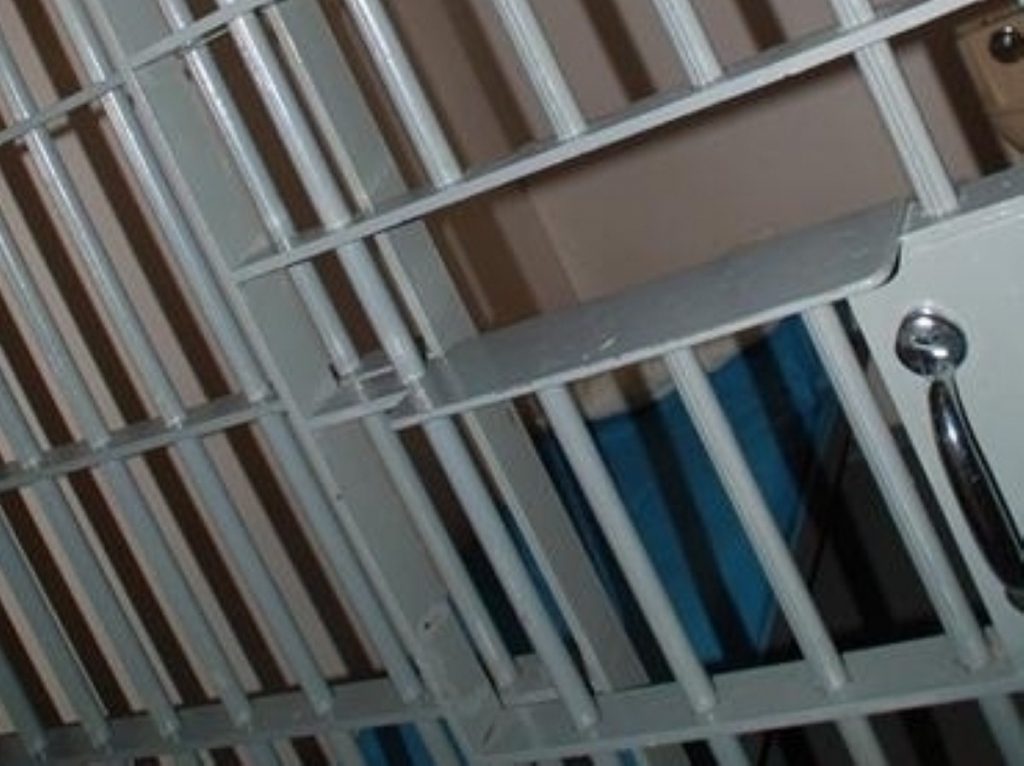Feature: Prison reform in the age of austerity
The appointment of Ken Clarke as justice secretary signals the priority the new government is giving to prison reform.
By Marina Kim
With prison numbers spiralling upwards and the costs of mass incarceration hammering away at an already vulnerable economy, the new government needs to look at unpalatable political options if it is to construct a viable justice policy.
Ken Clarke has repeatedly criticised the rise in prison numbers as ‘unsustainable’. When he was last home secretary in the 90s, the average prison population was around 45,000. This year the number of prisoners in England and Wales has reached 85,000.


The previous Labour government planned to further increase the capacity of the prison estate to 96,000 by 2014. In France, with the same population as Britain, prisoner numbers are around 60,000. In Germany, with over 20 million more people, they are around 70,000.
This increase in detained offenders is seen by many as a clear indication of the failure of UK rehabilitation programmes.
Conservative MP David T.C. Davies says: “Under Labour, sentences were too short and rehabilitation didn’t take place.” He says it is “too early to say” what would be different under the new coalition government – but he believes cutting public spending will be the dominant factor in government decision-making.
With each new prison place costing £170,000 to build and maintain, and the overall cost of keeping a prisoner per year around £45,000, budget pressure is forcing a new focus on cheaper more effective alternatives.
The Prison Reform Trust says the coalition government faces tough choices. It has called the need to reverse the “unsustainable” trend in expanding prison numbers an “urgent priority”.
And Frances Crook, director of the Howard League for Penal Reform, agrees that overcrowding has to be addressed.
She says: “With some prisons housing nearly double the amount of inmates they were designed to hold, staff and resources are pumped into security and control, with little time or money put aside for rehabilitation or purposeful activity.”
As the prison population is “hitting a new high nearly every week” it is vital to develop a strategy to manage numbers of detainees, she argues.
The Conservatives have named the increase of privately run prisons as a possible solution and pledged to turn every public prison apart from the high-security ones into “independent fee earning” prison and rehabilitation trusts.
Privately managed prisons are often cited as being more cost effective than state run jails, but there is no clear data to support that assumption. Moreover, privately-managed prisons are less transparent and generally score badly on security and maintaining order.
Ms Crook of the Howard League is strongly against private prisons. She claims there is no evidence of a reduction in reoffending and calls imprisonment for profit “unethical”. She also points out the risks of low salaries in privately run prisons.
“Staff levels are low and staff are paid less than those in publicly run jails, which means there is more risk that they are bribed or bullied,” she explains.
Saving costs also leads to hiring personnel which lack qualifications and experience. Low pay and poor working conditions drive staff turnover upwards.
Using surveillance equipment instead of staff is not the panacea some view it as. This method has been criticised for depriving prisoners from the remaining privacy that they have left. There is also a danger of cameras going out of order or losing signal as well as the risk of prisoners attempting to interfere with equipment.
A better way to save the money is, of course, to cut the number of reoffenders. In 2007/08 they cost the economy between £9.5 billion and £13 billion.
One of the biggest problems facing released prisoners is the lack of structured support to help them get employment and accommodation. If David Cameron wants to keep his vow to reduce overcrowding and formally end it by 2016, the government has a significant challenge to deliver the “rehabilitation revolution” he had promised.
Lord Ramsbotham, chief inspector of prisons between 1995 and 2001, who has recently accused Labour of making up prison policy “on the back of a fag packet”, says: “Far too many prisoners have nothing to do, with the inevitable result that they come out and reoffend.”
Only a handful of organisations specialise in dealing with ex-offenders and giving them training and back-to-work support, with demand far outstripping supply.
Psychological rehabilitation is also important. Many people go into prisons with personal ‘baggage’ stemming from their family background, drugs or poor literacy. These personal issues often aggravate after prison with problems of stigma and a rejection by mainstream society. Such social exclusion can lead to reoffending just to join “the tribe of your own”.
Housing shortage is also a major issue for released prisoners. The majority of those who do not have family or friends find themselves homeless. Hostels tend to give priority to people already sleeping rough rather than those coming out of prisons.
Frances Crook of the Howard League hopes “that the current financial situation will inject some sanity into our criminal justice system”.
“Ministers must decide whether they want to pay for more prisoners or more nurses,” she suggests.
Prisons help rehabilitate some. Violent criminals are also better kept behind bars and off the streets. But with drugs abuse, bullying, as well as establishing connections in the criminal world, some petty offenders come out worse than they were when they went in.
Carefully tailored rehabilitation programmes, community penalties, treatment for addicts, mental healthcare and sorting out housing and employment all work better and are less costly than a short prison sentence, activists and experts say. Reforms to the current system are eagerly awaited.












